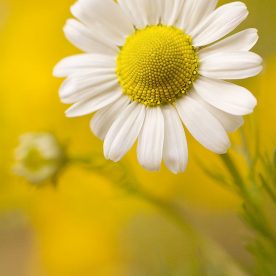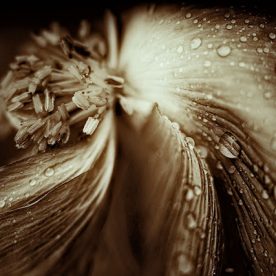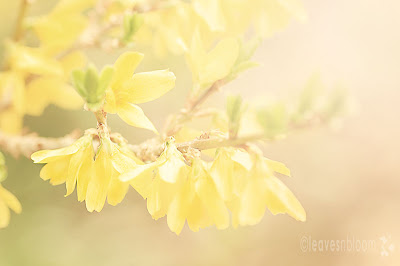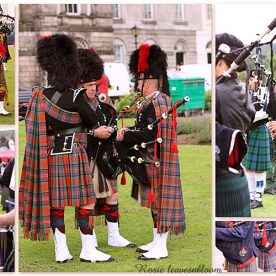Earlier in the year I was asked to do a Practical Photography interview. I've read the Practical Photography Magazine on many occasions so it was very exciting knowing that my work would be shared worldwide in a print and digital publication. They have a section in their Spring edition where they ask two leading professionals to share their secrets for shooting flowers in new and exciting ways. The 5 page feature was taken from the basis of this interview.
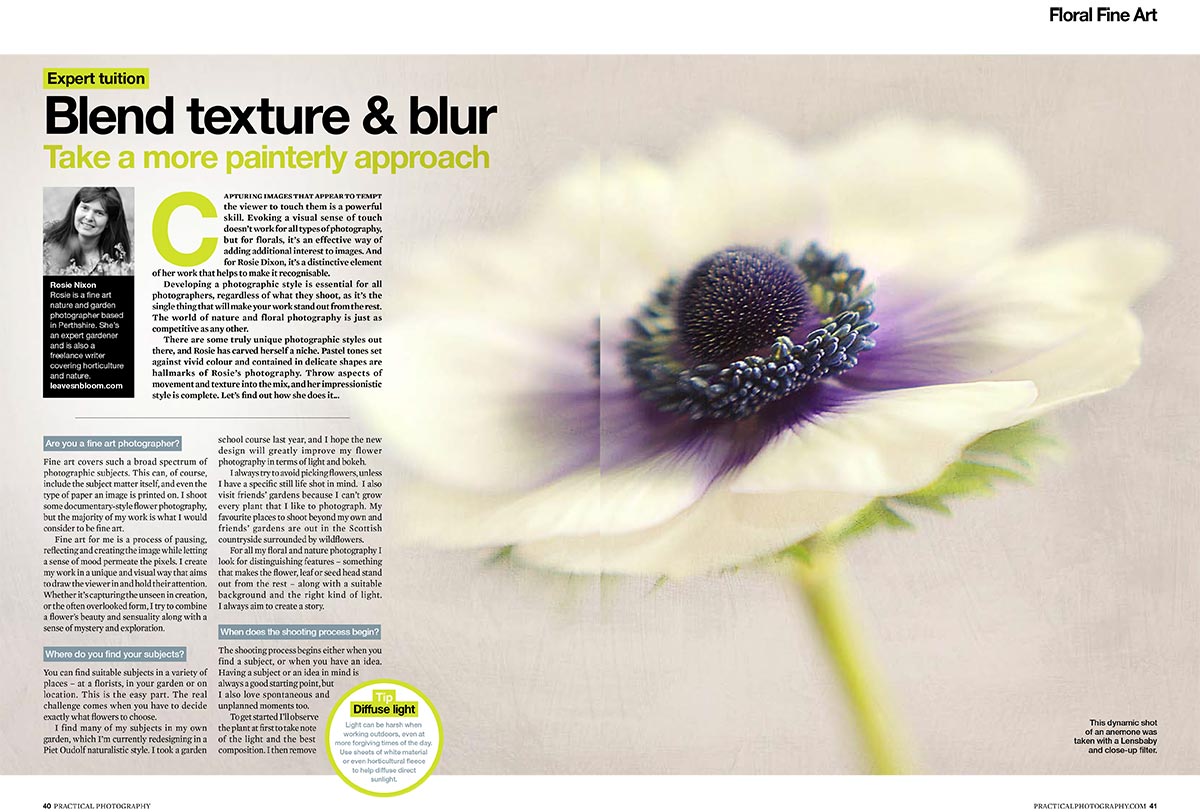
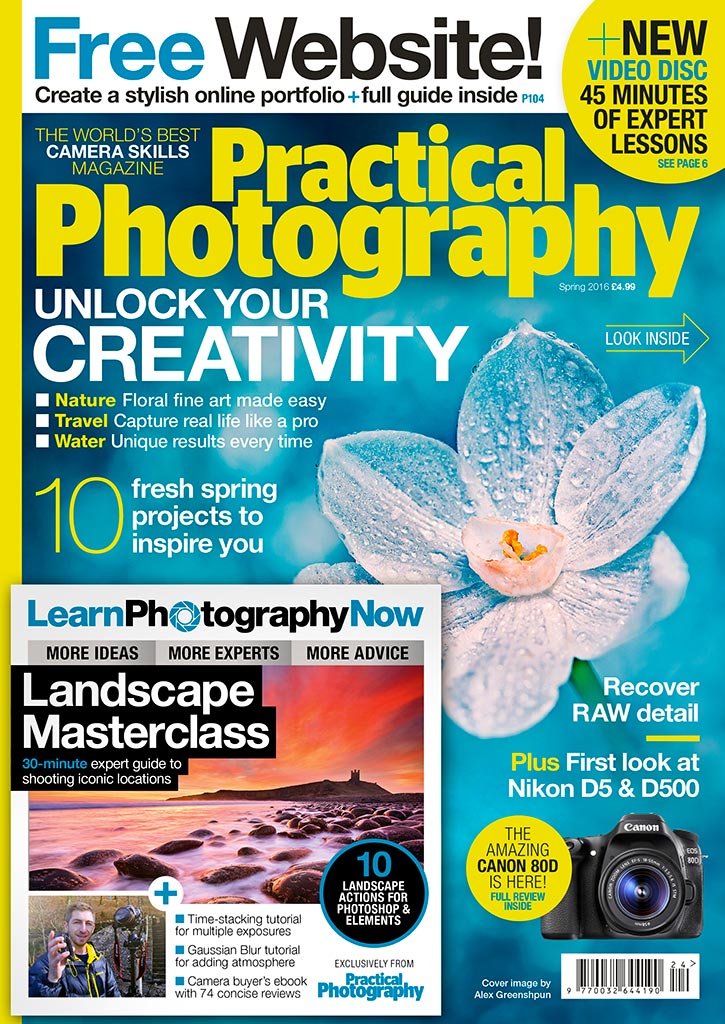
Practical Photography Interview


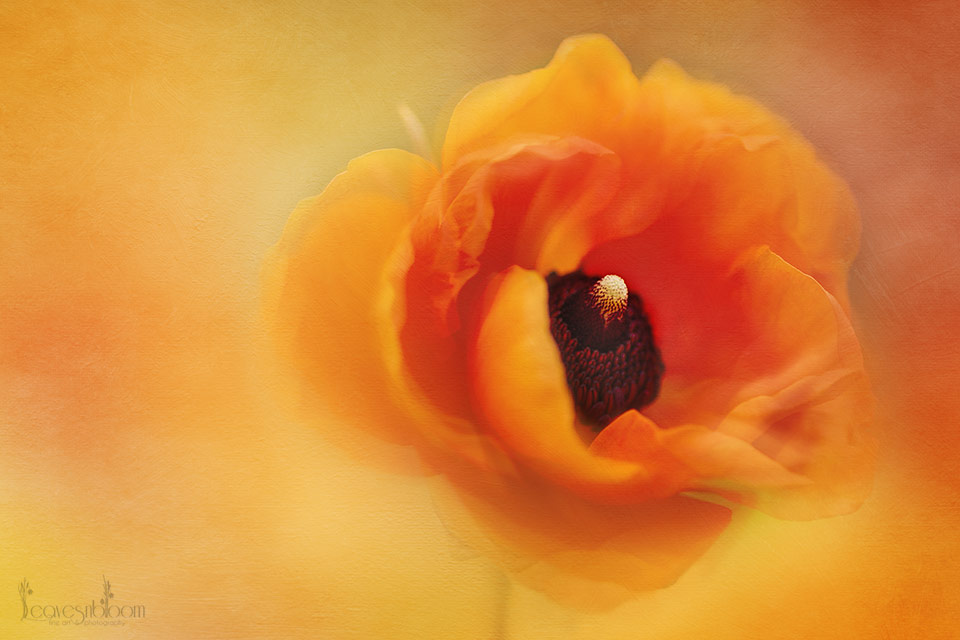
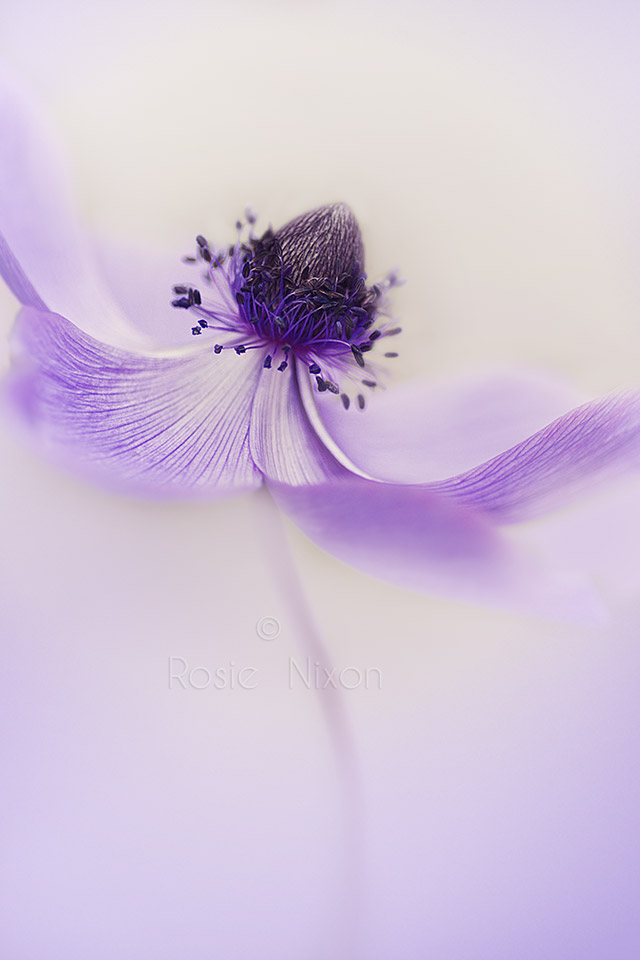
3 ways to get Rosie's arty look
Create blur vignettes and haze effects in-camera
Use a fast prime lens
Add a simple texture to your floral shots
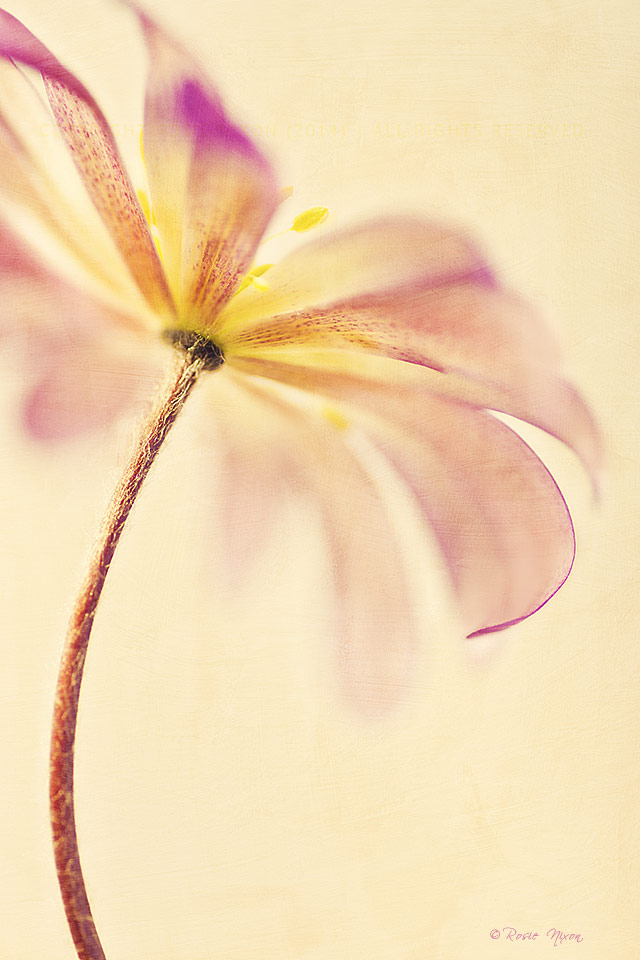
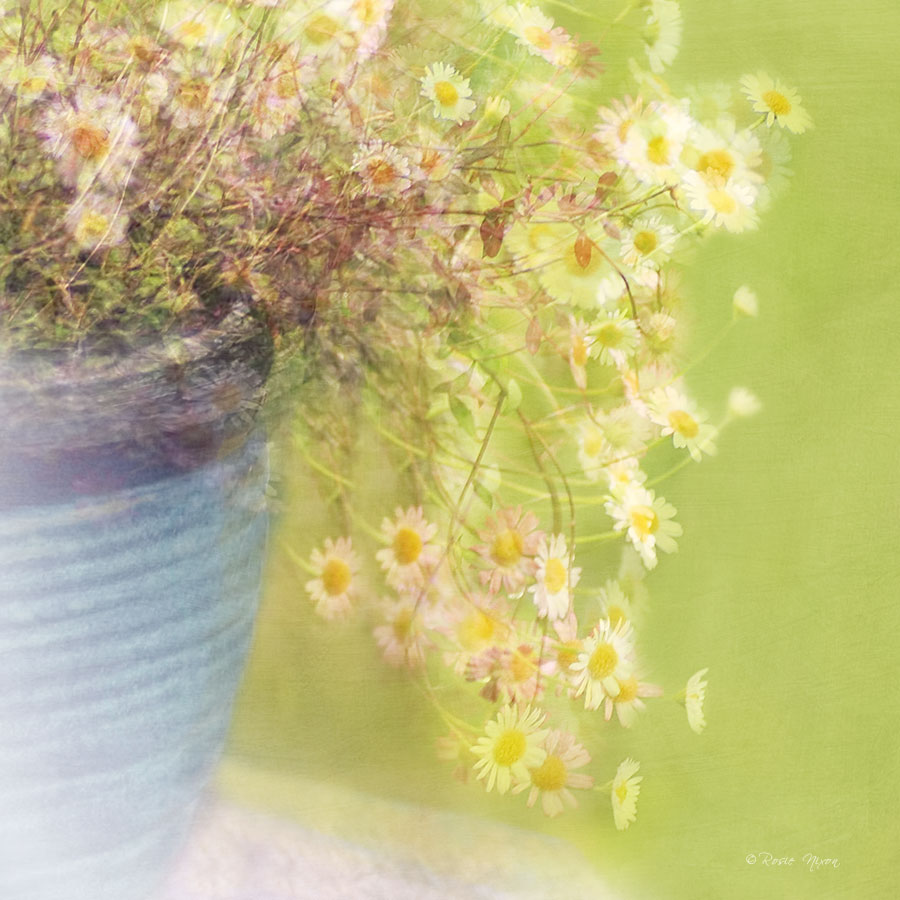
What originally drew you towards floral / nature photography?
Do you consider your work to be a fine-art photographer, and if so, why? (What defines fine-Art?)
I’m a very keen gardener who also works in the horticultural industry; so I’m used to working with plants every day of my working life. I grew up growing plants from seed and cuttings; they’ve always fascinated me. Once digital came along I didn’t need the kids in every precious frame but could start shooting flowers on their own too. For me this quote from Charles Spurgeon sums up why I take floral/nature photographs “nature is a looking-glass in which I see the face of God”.
Oh that’s a difficult question to answer as fine art covers such a broad spectrum whether it’s the subject matter or the type of paper it’s printed on. I do some documentary style flower photography but the majority would be what I’d call fine-art so yes I’m a fine-art photographer.
I create my art in a unique and visual way that draws you in and holds your attention. Whether it’s a capture of the unseen in creation, or the often overlooked form, I try to combine the flowers beauty and sensuality along with a sense of mystery and exploration. Fine-art for me is a process of pausing, reflecting and creating the image whilst letting a mood permeate the pixels.
What originally drew you towards floral / nature photography?
At what point does the picture taking process begin? When you find a subject or when you have an idea etc.
I find many of the subjects in my own garden. In fact I’m redesigning the garden in a ‘Piet Oudolf naturalistic style’ at the moment. I took a garden school course with Dr Noel Kingsbury last September. So I hope the new design will greatly improve my flower photography in terms of light and bokeh. I try not to pick the flowers unless I have a specific idea in mind for a still life shot. Furthermore I also visit friend’s gardens as I can’t grow every plant that I like to photograph. I enjoy shooting out in the Scottish countryside surrounded by wildflowers.
For all my floral / nature photographs I look for distinguishing features. Something that makes the flower/leaf/seed head stand out from the rest. Along with a nice background that can add to the story. Or how the subject interacts with the surrounding light.
Having a subject or an idea in mind is good but I love those spontaneous and unplanned moments too.
I’ll observe the plant at first taking note of the light and the best composition. I’ll remove any distracting things from the foreground or background if possible. Then I’ll take the ‘safe shots’ and experiment with different apertures. I’ll move around the flower taking photographs or viewing it via ‘live view’. I know when I’ve made that vital connection as I get a rush of adrenalin and then I’m totally absorbed in the creating process.
What types of flowers make the best subjects and why?
What role do colour and texture play in your work?
Oh it’s hard to choose as every season has it’s beauties. But my absolute favourites are astrantia, rudbeckia, helenium, anemone de caen and hydrangea. They have so much character and form with many extending their season of interest into winter with their seed heads.
You’ll also find me in drifts of bluebells, ox-eye daisies, poppies … or in a wildflower meadow. I’ll be totally lost in the moment especially shooting with a telescopic lens. Using a 200mm prime lens on a Canon 7d at f2.8 or f3.2 gives me a dream-like whimsical look.
The majority of my work is in colour and I try to capture interesting natural forms and texture in-camera. I’ve built up a nice collection of my own textures to add to my photos in post processing.
What’s the deciding factor between taking an extreme close-up, or a wider shot?
What shooting techniques do you use to achieve your recognisable style?
I’ll probably take both if I have a couple of lenses with me. I like to have a sense of place in my photos though it all depends on the background and the light. I’ll subconsciously be asking myself - does the background add to the story or does it distract from the subject? What’s at my feet …have I space to safety move with the prime without damaging other flowers?
I shoot using wide apertures as having a good bokeh in the background is so important to me. I also try to shoot through other plants so that I can get a dreamy blur /natural vignette around my subject. I’ve even been known to shoot through a hole in a plastic bag to get that foggy vignette ‘in camera’. Or shoot through a piece of square glass coaster attached to my high tech filter holder smeared with Vaseline for an impressionist look.
Processing images is often as important as taking them. Do you have any favourite techniques?
What kind of kit do you use? eg. lenses, accessories, lighting and non-photographic items. Are there any unusual lenses in your kit bag?
It really depends on the audience I’m producing the image for. When my photograph is used alongside a garden magazine article then very little is done to it.
For fine art I enjoy bringing them to life and letting my personality and vision permeate the images as I manipulate the pixels. I layer with textures to give a painterly feel that enhances the mood. If I want to create one of my ‘Pep Ventosa’ inspired impressionist images there could be 30-60 separate photos all stacked on top of each other at various opacities and blending modes.
Sometimes I’ll spend an entire evening artistically crafting just one image. Leave it a few days and then revisit it with the final edit.
I use a Canon 5d mark III and 7d, a manfrotto 190 tripod and mostly prime lenses. In my kit you’ll find a Canon EF 50mm f1.4, Tamron SP 90mm macro f2.8, Canon EF 200mm f2.8L II and Tokina 11-16mm f2.8. There’s also some lensbaby kit, kenko extension tubes, HiTech filter system and holder. There's also a speedlight …with a piece of transparent Ikea drawer liner wrapped around it to diffuse the light ever so softly. I’ve not yet been successful in bidding for a Helios vintage lens on ebay …maybe this year I’ll mange to get one. I also use Photoshop cs6 with many Topaz filters and Lightroom 5.
Lighting is extremely important for all types of photography, but with such delicate details flowers require an equally careful approach. How do you light subjects artificially? How do you control natural light?
If you could give the one piece of advice you wish you’d been told when you first started, what would that be?
I don’t use much artificial light unless I’m light painting flowers indoors using a torch; doing flower transparency with a light box; or using the speedlite off camera for fill-in flash.
I much prefer the natural light. I always use a reflector to direct the light onto my subject. Or use a homemade skim to diffuse any harsh light and shadows. I also use bamboo canes, clothes pegs and white sheets of lightly weaved fabric…horticultural fleece works great!
Invest in good glass from the outset. Scottish light is poor during the winter months; lenses with the capability of shooting at wide apertures in low light conditions are really worth saving up for.



